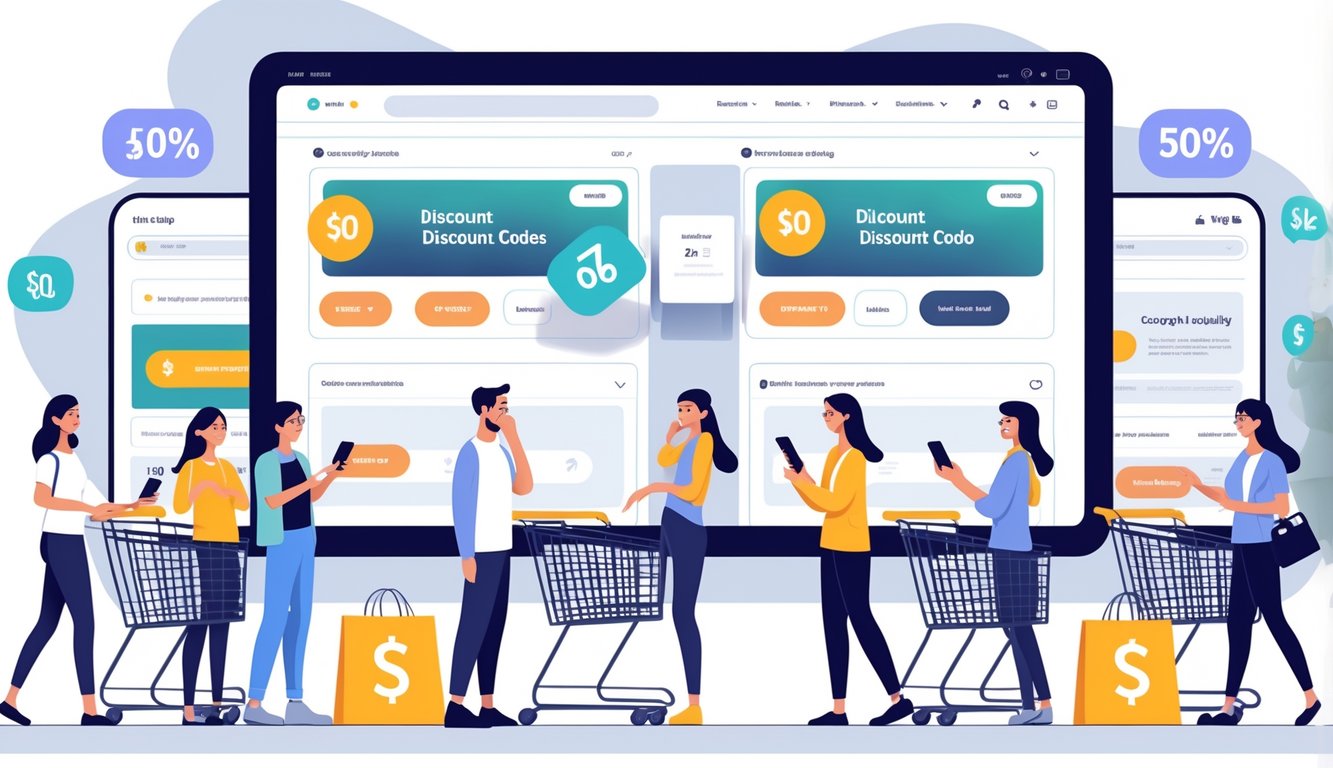
Maximizing Savings Without Traditional Coupon Codes
Looked away for a second, and every promo code I had vanished. Fine. I’ll play along, but I’m not paying full price for phone chargers or oat milk just because some exec thinks I’m too lazy to adapt.
Loyalty Programs
Sign-up? Four taps. That’s it. Suddenly, “member-only” discounts everywhere—groceries, razors, cleaning stuff. Sure, sometimes you have to enter your birthday (I use July 4, whatever), but early access to Target and Sephora sales adds up.
It’s not just points-per-dollar anymore. I watched Walgreens print $8 in store rewards for a $19 supplement, no code needed. Grocery Coupon Guide says digital loyalty offers are killing off paper coupons, and I believe it.
Fun fact: a cashier told me brands track “frequent buyer” data to send custom discounts to people who haven’t logged in for a while. So, yeah, I leave carts abandoned and use a backup email for better deals. My cousin says I’m paranoid. Maybe.
Stacking Alternative Promotions
Anyone else have a folder full of unused “welcome” and “refer a friend” deals? I stack those with cashback extensions (no sketchy ones—just Rakuten or Capital One Shopping, trust issues), and suddenly $35 shoes cost $18.37 after shipping and rebates. Feels like cheating.
SimplyCodes found that stacking rebates and timed sales can cut 30% or more off the price—no code needed. For Prime Day, I got pajamas and a USB fan for less than just the fan at Walmart.
My friend Ari, who does analytics, swears by waiting for price drops after returns spike. I’ve seen 20% off just by being patient. “Stack promos and wait. That’s the move,” her boss said. Tables are nice for comparison, but honestly, just look for “limited time bonus” at checkout—usually means a second discount sneaks in for loyalty members, no code required.
Consumer Trust and Customer Service Concerns
Honestly, is it just me, or do brands expect us to stick around after they mess up once? I mean, you blink and suddenly the promo box is gone, and now I’m supposed to just trust them again? Doesn’t work like that. People talk—loudly—when they feel burned. I’ve seen loyalty disappear faster than I can remember my last password.
Transparency in Pricing
Bought a charger last week—checkout explodes with “handling fees” and taxes I swear weren’t there five minutes ago. Who’s making these rules up? I’m not alone. People ditch brands over this stuff, like, in droves. There’s this stat floating around—64% of shoppers bail after one sketchy price change or missing discount (customer trust data). That’s not even a little thing. And when a brand shouts about “best deals” but hides the real price, yeah, I’m out.
Why haven’t retailers figured out that just telling the truth about the price is better than offering a fake deal? If my cart total jumps because the code secretly expired, I’m not sticking around to play detective. I’ve literally stopped mid-checkout and just gone somewhere else. Who hasn’t?
How Service Has Evolved for Shoppers
Customer service? Ugh. I click “help” and get a bot. Or a FAQ page that’s just a wall of links. Sometimes I wonder if real humans even work there anymore. Worst is waiting forever on hold, finally getting someone, and they just paste a canned response. Like, did you even read my question? But if a company actually checks in, apologizes, fixes it? I remember that. Rare, but it happens.
Bad experiences? They go viral way faster than good ones (customer experience study). I used to think “just return it” solved everything, but now people complain about weird stuff—loyalty points that don’t add up, refund timelines that move like molasses, customer service that’s basically a ghost town. I ran sales for a bit—honestly, if your support team isn’t actually empowered to help, all the apology emails in the world mean nothing. Automated “sorry” messages just make me want to scream. Give me a real fix, and maybe I’ll forgive the missing promo.



